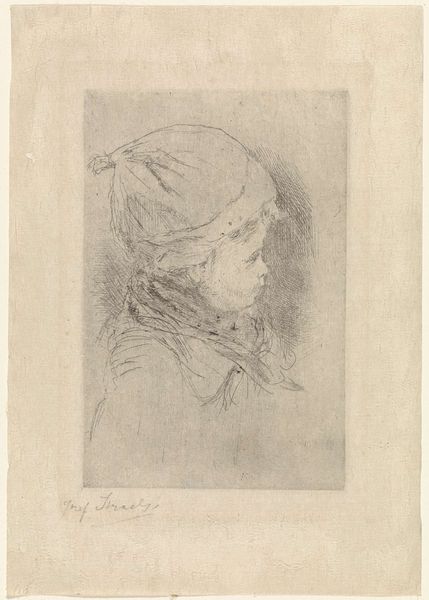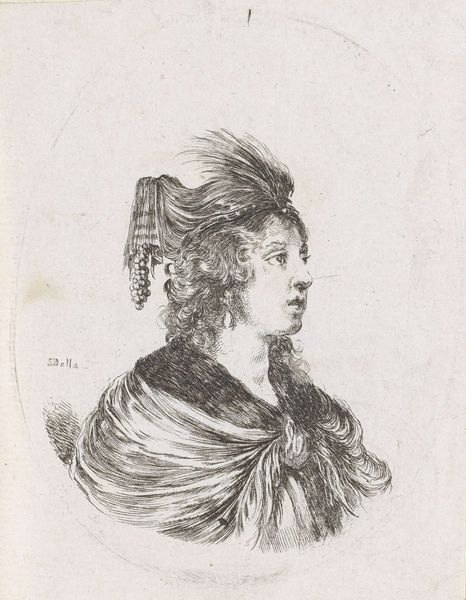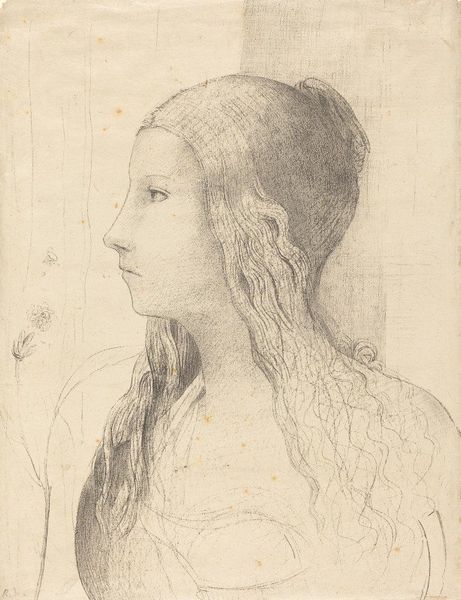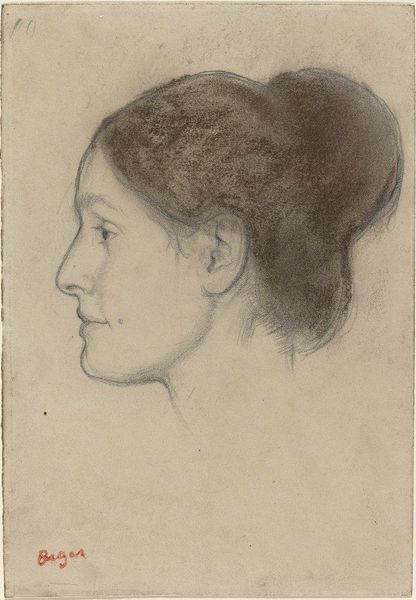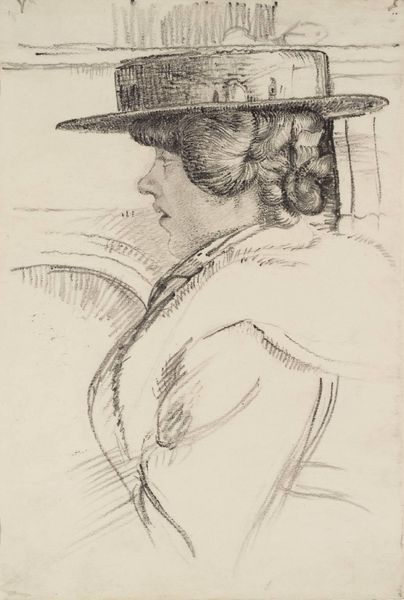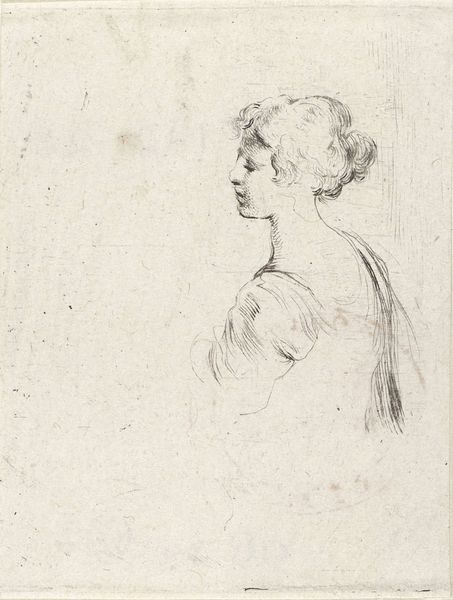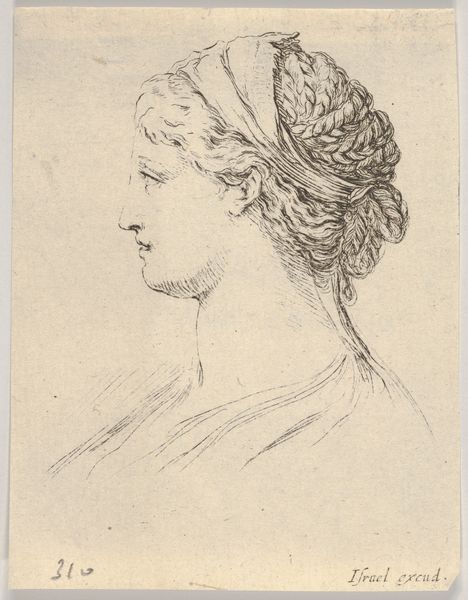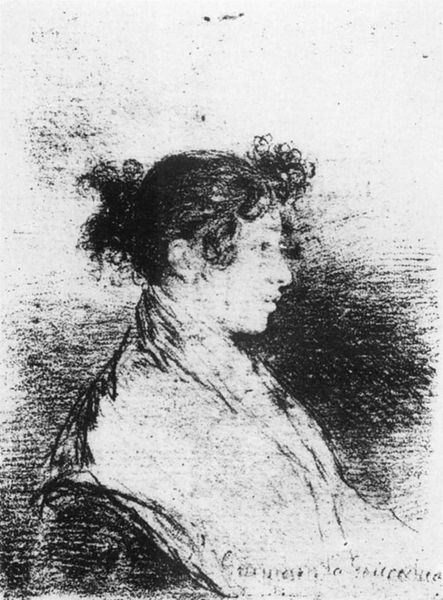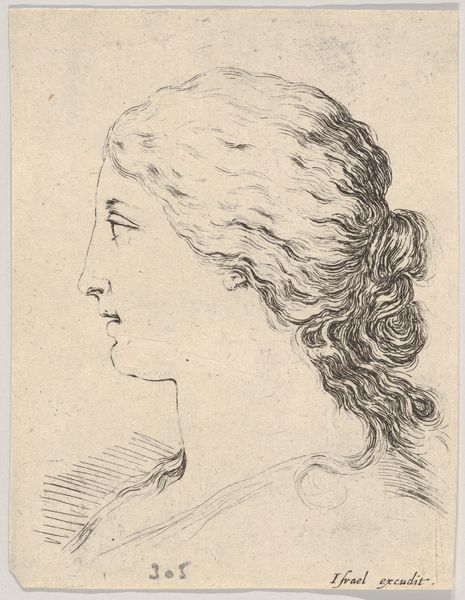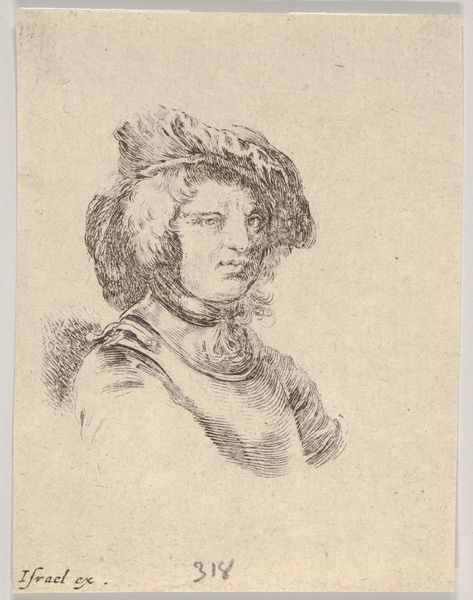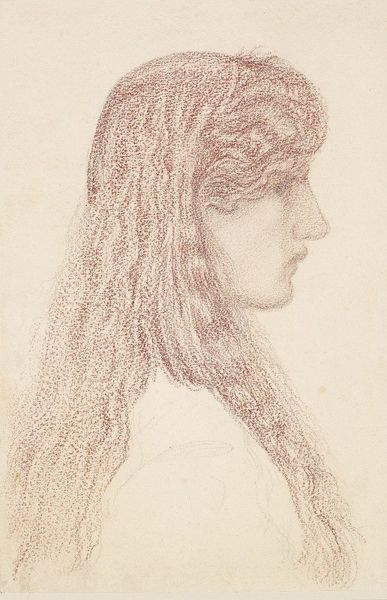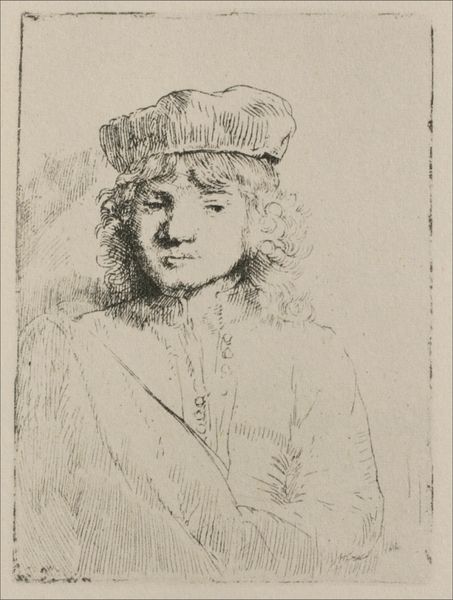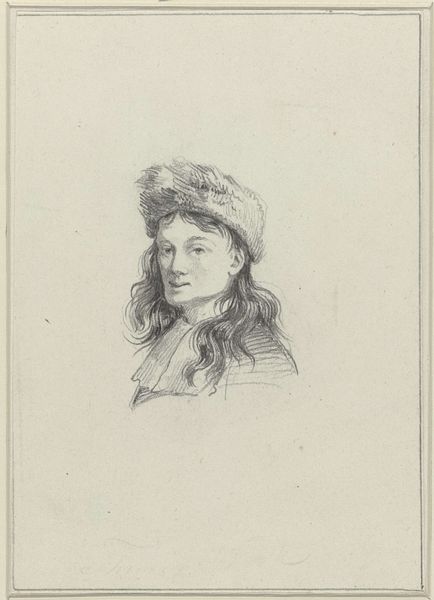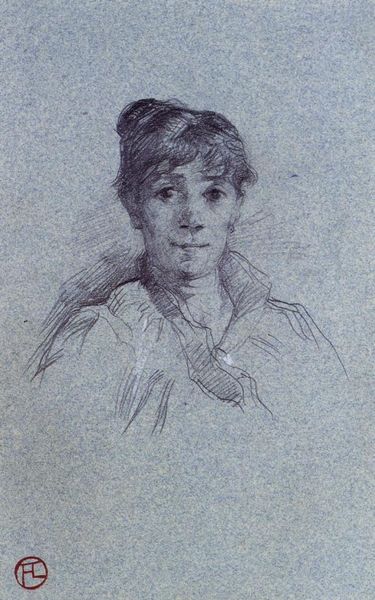
drawing, pencil
#
portrait
#
pencil drawn
#
drawing
#
facial expression drawing
#
head
#
face
#
neoclassicism
#
portrait reference
#
pencil drawing
#
sketch
#
pencil
#
nose
#
portrait drawing
#
academic-art
#
forehead
Copyright: Public domain
Editor: This is "Harriet Mathew," a pencil drawing by John Flaxman, created in 1783. I find the profile to be delicately rendered, almost like a ghost image. What story do you think it tells? Curator: I see more than just a likeness; it's a study in societal representation. Flaxman operated within a Neoclassical framework where art was deeply tied to moral and social order. This sketch, like many portraits of the time, was probably commissioned and speaks to the rising prominence of the middle class and their desire for visibility. What elements suggest this context to you? Editor: Maybe the way she’s posed so properly, even though it's just a sketch? And her cap looks very fancy, indicating she's not working-class. Curator: Exactly. Consider the political landscape of the late 18th century. Enlightenment ideals were spreading, but social hierarchies were still firmly in place. Art became a tool for negotiation, allowing individuals to assert their status and values. Flaxman’s piece isn't just a pretty drawing; it's a statement about Harriet Mathew's position within that complex web. Editor: So it's not just about her; it's about what she represents in society at that moment? Does knowing about that world change how we should appreciate the drawing itself? Curator: Absolutely. Understanding the social forces at play provides a richer context. Flaxman's choice of a profile view, the detail in her cap versus the sketchier treatment of her hair, these choices now read as deliberate, shaped by prevailing social codes. We see not just Harriet Mathew, but the aspirations and anxieties of a rising social class. Editor: That's fascinating. I never thought a simple drawing could contain so much history. I guess I’ll look at portraits much differently now. Curator: Indeed, they’re often quiet but powerful witnesses to history. Considering the socio-political elements adds so much depth.
Comments
No comments
Be the first to comment and join the conversation on the ultimate creative platform.
